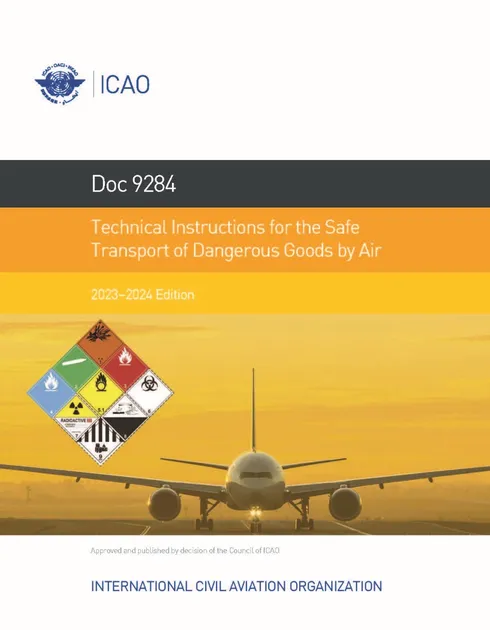Among our many activities at ICAO, we work to implement practical and achievable measures to improve safety and efficiencies in all sectors of the air transportation system. It is because of this approach that we can ensure aviation’s complimentary achievements in a safe and efficient network that serves a fundamental role in sporting global social and economic priorities. We monitor safety trends and indicators and we have sophisticated tools that collect and analyze vast arrays of data that allow us to identify existing and emerging risks. We develop global strategies and targeted programmes that address safety and infrastructure deficiencies. We develop and maintain Standards, Recommended Practices and Procedures (SARPs) that are contained in Annexes and Procedures for Air Navigation Services (PANS). We complement these Standards with hundreds of manuals and circulars that provide guidance on their implementation.
ICAO produces SARPs and PANS and other guidance material, by following a structured, transparent and multi-staged process. This work involves a number of technical and non-technical review bodies that are compiled by State and industry subject matter experts. When these experts have submitted their recommendations, they are assessed and transmitted to the States and industry for review. Only when all relevant feedback and fine-tuning has taken place are they presented to ICAO’s Council for ultimate consideration – and only when they are approved do we publish them. We share our publications in our eLibrary and ICAO eStore and through authorized resellers of ICAO Publications. Always make sure you access or purchase authorized copies.
Below we are spotlighting some of our bestselling publications. All of them are available in the ICAO Store in print and digital formats.
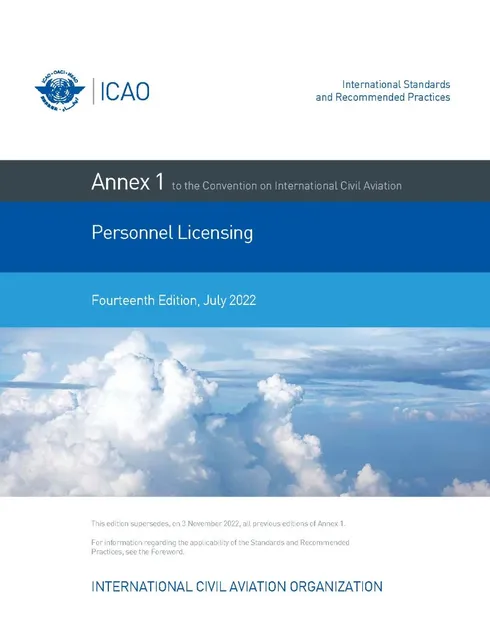 Annex 1 – Personnel Licensing contains Standards and Recommended Practices adopted by the International Civil Aviation Organization as the minimum standards for personnel licensing.
Annex 1 – Personnel Licensing contains Standards and Recommended Practices adopted by the International Civil Aviation Organization as the minimum standards for personnel licensing.
The Annex is applicable to all applicants for and, on renewal, to all holders of the licences and ratings specified herein. The ICAO Council has decided that, in principle, amendments affecting existing licensing specifications are applicable to all applicants for, and holders of, licences but, in considering their application to existing holders of licences, the assessment, if necessary, by re-examination of the knowledge, experience and proficiency of individual licence holders is left to the discretion of Contracting States.
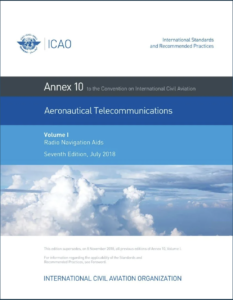 Annex 10 – Aeronautical Telecommunications contains five volumes: Radio Navigational Aids, Communication Procedures including PANS status, Communication Systems, Surveillance Radar and Collision Avoidance Systems, and Aeronautical Radio Frequency Spectrum Utilization.
Annex 10 – Aeronautical Telecommunications contains five volumes: Radio Navigational Aids, Communication Procedures including PANS status, Communication Systems, Surveillance Radar and Collision Avoidance Systems, and Aeronautical Radio Frequency Spectrum Utilization.
- The first volume of Annex 10 is a technical document that defines the systems necessary to provide radio navigation aids used by aircraft in all phases of flight for international aircraft operations. The information contained in this volume includes aspects of power requirements, frequency, modulation, signal characteristics, and monitoring needed to ensure that suitably equipped aircraft will receive navigation signals in all parts of the world with the requisite degree of reliability.
- Volume II contains SARPs, PANS and guidance material on aeronautical communication, navigation, and surveillance systems. It also includes general, administrative, and operational procedures on aeronautical fixes and mobile communications.
- The third volume of Annex 10 contains SARPs and guidance material for various air-ground and ground-ground voice and data communication systems.
- The fourth volume–Surveillance Radar and Collision Avoidance Systems–includes Standards and Recommended Practices and guidance material for secondary surveillance radar (SSR) and airborne collision avoidance systems (ACAS).
- Volume V of Annex 10–Aeronautical Radio Frequency Spectrum Utilization–includes SARPs and guidance material on the utilization of aeronautical frequencies. To learn more about Annex 10, click here.
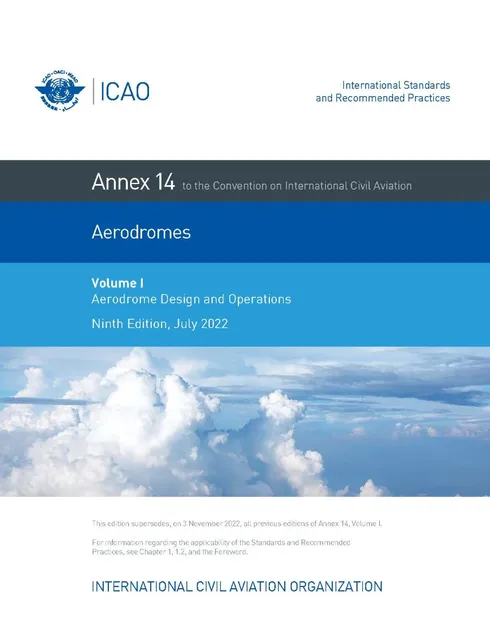 The first volume of Annex 14 – Aerodromes Design and Operations – includes SARPs (specifications) that prescribe the physical characteristics and obstacle limitations surfaces provided at aerodromes. It also contains specifications dealing with obstacles outside those limitation surfaces and is not intended that these specifications limit or regulate the operation of an aircraft. This document sets forth the minimum aerodrome specifications for aircraft with the characteristics of those currently operating or for similar aircraft planned for introduction. To learn more about Volume 1 of Annex 14, click here.
The first volume of Annex 14 – Aerodromes Design and Operations – includes SARPs (specifications) that prescribe the physical characteristics and obstacle limitations surfaces provided at aerodromes. It also contains specifications dealing with obstacles outside those limitation surfaces and is not intended that these specifications limit or regulate the operation of an aircraft. This document sets forth the minimum aerodrome specifications for aircraft with the characteristics of those currently operating or for similar aircraft planned for introduction. To learn more about Volume 1 of Annex 14, click here.
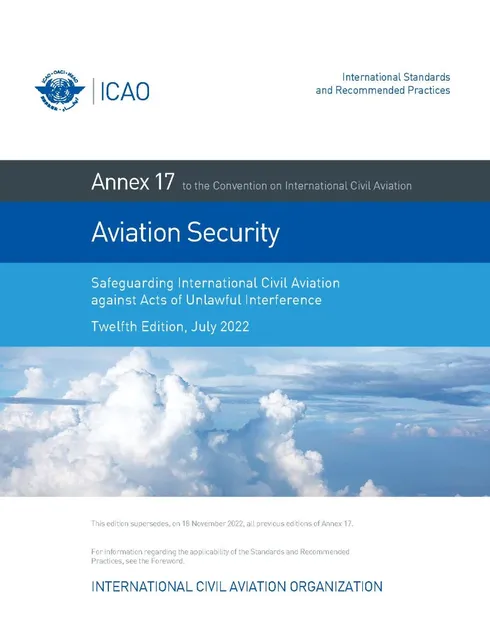 Annex 17 contains Standards and Recommended Practices concerned with the security of international air transport and is amended regularly to address the evolving threat. A comprehensive document for implementation of security measures, it incorporates an attachment of extracts from other Annexes, the Technical Instructions for the Safe Transport of Dangerous Goods by Air (Doc 9284), and Procedures for Air Navigation Services, focussing on action to be taken by States to prevent unlawful interference with civil aviation, or when such interference occurs.
Annex 17 contains Standards and Recommended Practices concerned with the security of international air transport and is amended regularly to address the evolving threat. A comprehensive document for implementation of security measures, it incorporates an attachment of extracts from other Annexes, the Technical Instructions for the Safe Transport of Dangerous Goods by Air (Doc 9284), and Procedures for Air Navigation Services, focussing on action to be taken by States to prevent unlawful interference with civil aviation, or when such interference occurs.
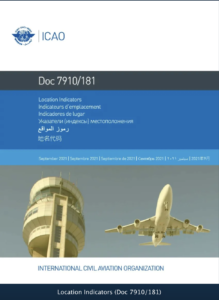 The Location Indicators manual (Doc 7910) contains a listing of four-letter location indicators and, where available, corresponding three-character International Air Transport Association (IATA) location identifier codes for geographical locations worldwide. Also, Doc 7910 includes a list of centres in charge of flight information regions (FIR) and upper flight information regions (UIR). To learn more about Doc 7910, click here.
The Location Indicators manual (Doc 7910) contains a listing of four-letter location indicators and, where available, corresponding three-character International Air Transport Association (IATA) location identifier codes for geographical locations worldwide. Also, Doc 7910 includes a list of centres in charge of flight information regions (FIR) and upper flight information regions (UIR). To learn more about Doc 7910, click here.
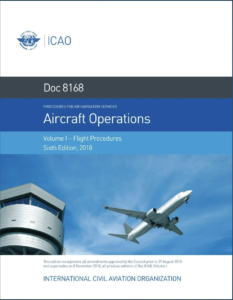 The Procedures for Air Navigation Services (PANS) – Aircraft Operations (Doc 8168) contains three volumes: Flight Procedures, Construction of Visual and Instrument Flight Procedures, and Aircraft Operating Procedures.
The Procedures for Air Navigation Services (PANS) – Aircraft Operations (Doc 8168) contains three volumes: Flight Procedures, Construction of Visual and Instrument Flight Procedures, and Aircraft Operating Procedures.
- The first volume of Doc 8168 describes operational procedures recommended for the guidance of flight operations personnel. It also addresses the various parameters on which the criteria in the second volume are based to illustrate the need for operational personnel, including flight crew, to adhere strictly to the published procedures to achieve and maintain an acceptable level of safety in operations.
- Volume II of Doc 8168 addresses the essential areas and obstacle clearance requirements to achieve safe, regular instrument flight operations. It also provides guidelines to States and the operators and organizations that produce instrument flight charts that will result in uniform practices at all aerodromes where instrument flight procedures are carried out.
- The third volume of Doc 8168 is the ultimate guide on operational procedures and is highly recommended for flight operations personnel and flight crew. This volume focuses on aircraft operation procedure topics that can assist teams in ensuring the highest level of safety during flights. To learn more on Doc 8168, click here.
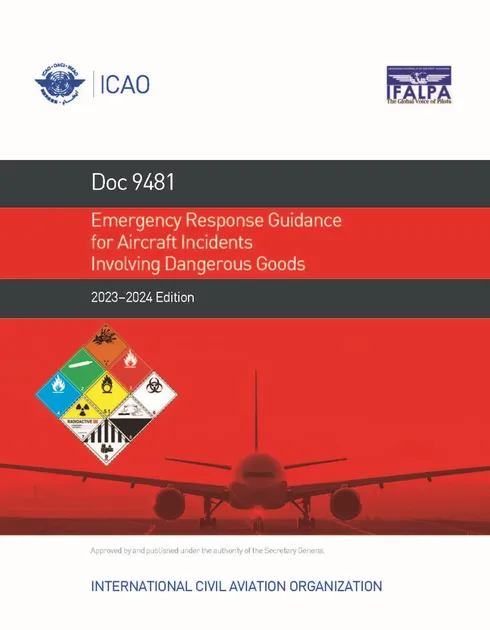 The Emergency Response Guidance for Aircraft Incidents involving Dangerous Goods 2021-2022 (Doc 9481) guides states and operators to develop procedures and policies for dealing with dangerous goods incidents onboard aircraft. Moreover, it contains general information on the factors that may need to be considered when dealing with good dangerous incidents. To learn more about Doc 9481, click here.
The Emergency Response Guidance for Aircraft Incidents involving Dangerous Goods 2021-2022 (Doc 9481) guides states and operators to develop procedures and policies for dealing with dangerous goods incidents onboard aircraft. Moreover, it contains general information on the factors that may need to be considered when dealing with good dangerous incidents. To learn more about Doc 9481, click here.
The Technical Instructions for the Safe Transport of Dangerous Goods by Air 2021-2022 (Doc 9284) contain the only legal source of regulations for safely transporting dangerous goods by air. Also known as the Technical Instructions or the TIs, this manual helps shippers, operators, State authorities, and anyone else involved in the air transport chain find all the detailed regulations necessary for the safe transport of dangerous goods by air. To learn more about Doc 9284, click here.
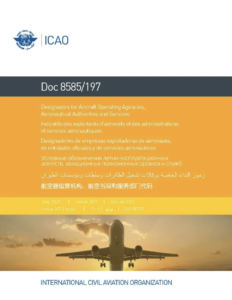 The Designators for Aircraft Operating Agencies, Aeronautical Authorities and Services (Doc 8585) consists of three-letter designators for use on the international aeronautical telecommunication service and aircraft identification by air traffic control (ATC). It also includes telephony designators for aircraft operating agencies and for authorities and services operating aircraft, which may be used as appropriate. To learn more about Doc 8585, click here.
The Designators for Aircraft Operating Agencies, Aeronautical Authorities and Services (Doc 8585) consists of three-letter designators for use on the international aeronautical telecommunication service and aircraft identification by air traffic control (ATC). It also includes telephony designators for aircraft operating agencies and for authorities and services operating aircraft, which may be used as appropriate. To learn more about Doc 8585, click here.
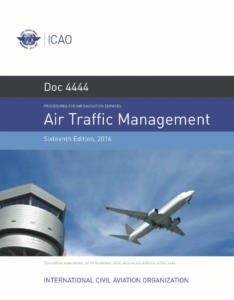 The Procedures for Air Navigation Services (PANS) – Air Traffic Management (Doc 4444) include procedures complementary to the SARPs in Annexes 2 and 11. They also specify, in greater detail than in the SARPs, the actual procedures to be applied by air traffic services units in providing the various air traffic services to air traffic. To learn more about Doc 4444, click here.
The Procedures for Air Navigation Services (PANS) – Air Traffic Management (Doc 4444) include procedures complementary to the SARPs in Annexes 2 and 11. They also specify, in greater detail than in the SARPs, the actual procedures to be applied by air traffic services units in providing the various air traffic services to air traffic. To learn more about Doc 4444, click here.
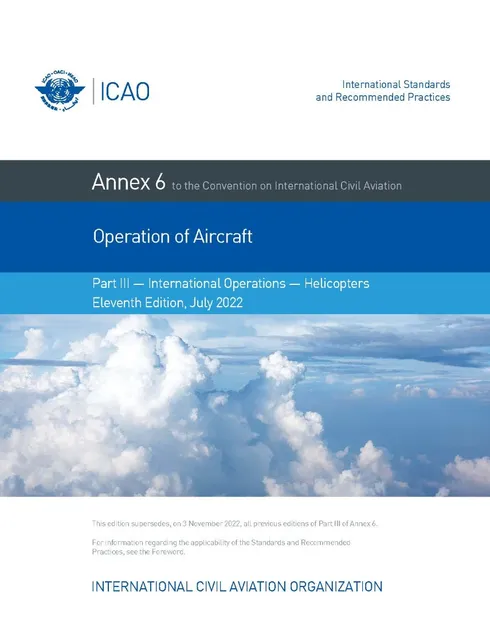 Annex 6 contains three parts: International Commercial Airport Transport and International General Aviation for aeroplanes, and International Operations for helicopters. Part 1 addresses flight operations, performance operating limitations, aeroplane instruments, equipment, and flight documents, and more. It also includes Amendment 44, 45, 46, and Corrigendum to Amendment 44. Part 2 addressed flight preparation and in-flight procedures, performance operating limitations, aeroplane instruments and equipment and included amendments 37, 38 and Corrigendum 1. The Standards and Recommended Practices in Annex 6 in Part 3 apply to all helicopters engaged in international commercial air transport operations or international generation aviation operations. To learn more about Annex 6, click here.
Annex 6 contains three parts: International Commercial Airport Transport and International General Aviation for aeroplanes, and International Operations for helicopters. Part 1 addresses flight operations, performance operating limitations, aeroplane instruments, equipment, and flight documents, and more. It also includes Amendment 44, 45, 46, and Corrigendum to Amendment 44. Part 2 addressed flight preparation and in-flight procedures, performance operating limitations, aeroplane instruments and equipment and included amendments 37, 38 and Corrigendum 1. The Standards and Recommended Practices in Annex 6 in Part 3 apply to all helicopters engaged in international commercial air transport operations or international generation aviation operations. To learn more about Annex 6, click here.
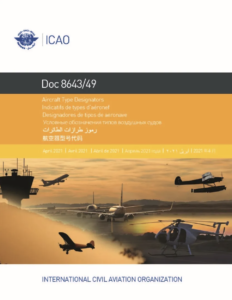 The Aircraft Type Designators (Doc 8643) includes four parts. The first part lists the common names of aircraft manufacturers and their aircraft types. Part two lists aircraft by their type designators, showing manufacturers and models. The third part lists aircraft by model number and model, and the last part lists the full names of aircraft manufacturers. To learn more about Doc 8643, click here.
The Aircraft Type Designators (Doc 8643) includes four parts. The first part lists the common names of aircraft manufacturers and their aircraft types. Part two lists aircraft by their type designators, showing manufacturers and models. The third part lists aircraft by model number and model, and the last part lists the full names of aircraft manufacturers. To learn more about Doc 8643, click here.

